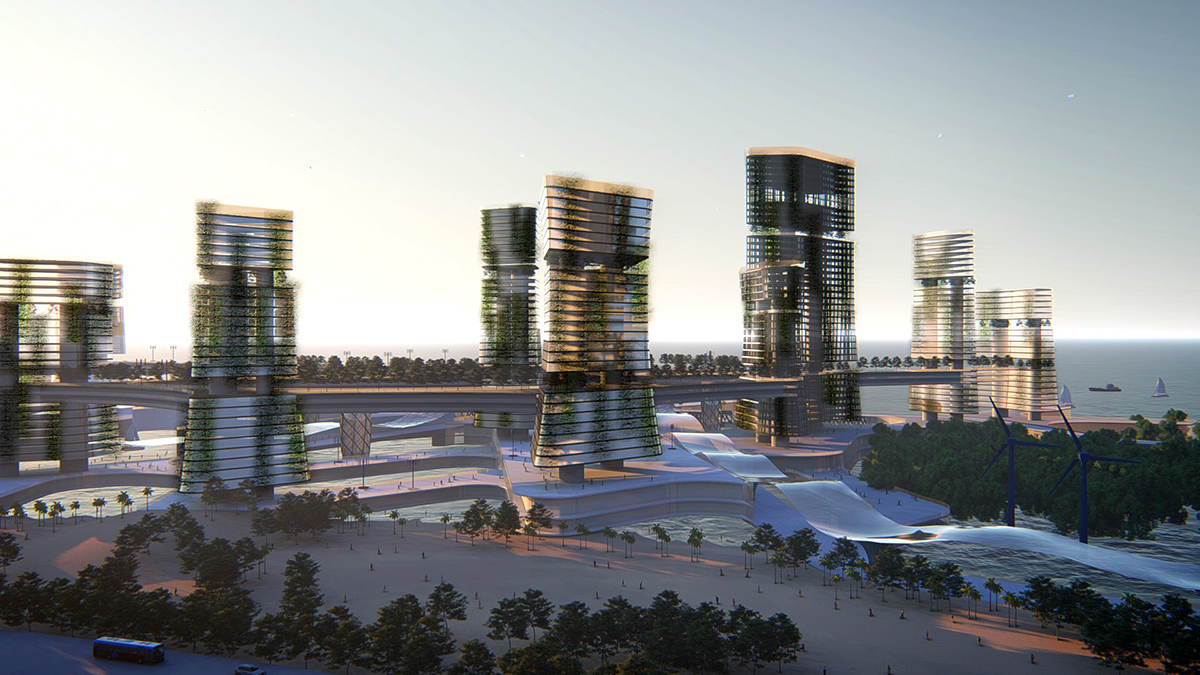Design Competition
Connection, Conservation, Cultivation
Author: YUAN CHAO, AYU SUKMA ADELIA, WU GUODONG, LIU SHUANGYANG, ALOYSIUS LIAN

Singapore is one of the most high density cities in the world, and land scarcity is one of the challenges. On one hand, there is the insatiable desire for development; on the other hand, there is limited carry capacity of our nature and city. In this design, the team provides an alternative to address the issue of land scarcity through their design objectives of connection, conservation, and cultivation (C3), which summarize an answer for high density living. A system of systems, in which multi-scale passive strategies are conducted, is applied to re-develop an existing industrial area in Singapore to fulfill self-sufficiency, social inclusivity, natural & ecosystems, and reciprocity needs.

Goal:
The project goal can be summarised as Conservation, Cultivation and Connection (C3), which is our answer for high density living.
Connection: First, it is to connect people by offering inclusive and accessible community space to all age groups. Second, it is to connect human society, ecosystem and microclimate. Passive design strategies are proposed to take advantage of wind, sun, water, and wildlife. Third it is to integrate the new high density development with the existing mainland and engage the surrounding urban context in a sustainable way.
Conservation: This new high density development aims to decrease the impact and demands in natural ecosystem. A pillar-podium-tower-sky bridge structure is proposed to avoid reclaiming the water body using a large footprint of concrete and rock. This allows the off-shore ecosystem to recover, rather than to be totally destroyed.
Cultivation: After human society re-connects with nature high density development and off-shore ecosystem can cultivate a healthy symbiotic relationship with each other. With the integrative new building interface, there is a great potential for the local flora and fauna to regenerate for biodiversity whilst satisfying the high-density need of human society.

A systems of systems is applied to redevelop an existing industrial area, which is reclaimed land along Singapore’s western coast line, to a new high-density urban area. Four task oriented systems (Self-sufficiency, Social Inclusivity, Nature & Ecosystems, and Reciprocity) interweave with each other to engender an integrated and holistic network.
Multiscale passive strategies are applied for Self-sufficiency system. The passive strategies also optimize urban farming for food. Research has shown that living in close proximity with nature can significantly promote social inclusivity and physical, mental and communal well-being. This significantly decreases the environmental impact on the surrounding urban areas, whilst it benefit others i.e. reciprocity.



